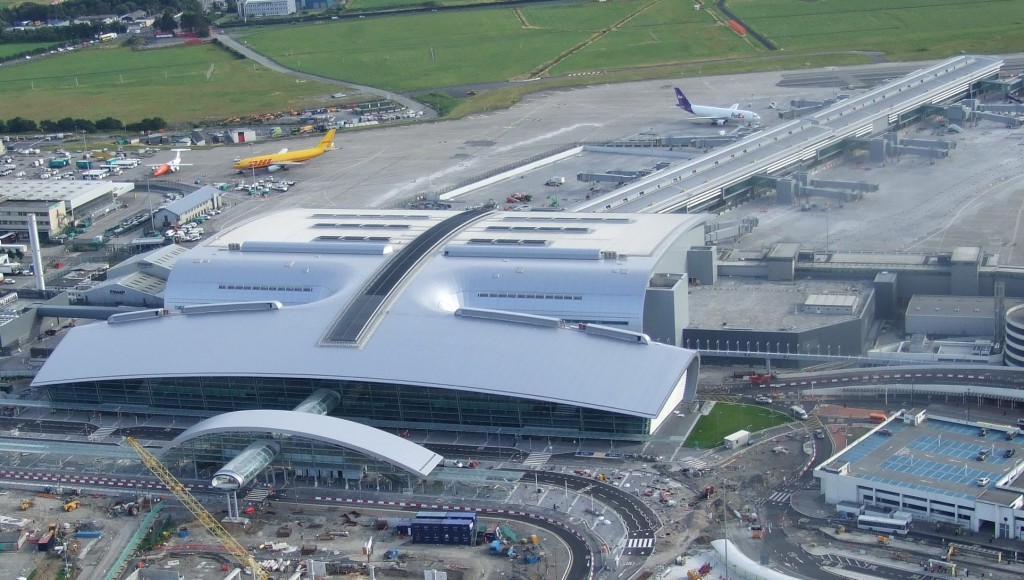Merrion Square constitutes the main plaza upon which Dublin’s Georgian architecture is situated. It’s most distinguished for being the place where dozens of events happen every year, including bustling market days, festivals to commemorate Christmas, and public performances of traditional Irish music. The area was originally planned out by civic architects in the 1760s, and hosts a number of towering four-storey residences.

Over the centuries Merrion Square has hosted a number of Ireland’s most noted artistic luminaries. W.B. Yeats spent some years at Number 82, while Dracula author Bram Stoker also spent years around the salons of the locality. The Square hosts numerous archive and historic societies such as the Traditional Music Archive. It is also much-favoured by local purveyors of paintings and art: every Sunday about 200 local artists turn out to sell their wares in the Merrion Square Open Air Art Gallery.

Dublin Airport is the biggest transport hub in Ireland, routinely serving more than 20 million individuals every year. Given Dublin and Ireland’s still growing popularity with tourists and business-class travellers, the airport becomes consistently busier year by year despite briefly dipping beneath its overall peak total in the years following the recession of 2007-8. Although passenger numbers are growing, travellers have been keen to note high efficiency in getting through security and baggage processing.

Today, the airport receives a mixture of short haul flights from around Europe, and long haul flights from further afield from destinations in the Middle East and North America. Dublin Airport has two runways with two corresponding terminals and is also distinguished for hosting Ryanair, which is the biggest of all the European budget airlines. Furthermore the airport is located less than 6 miles from the very heart of Dublin, making a transfer from the airport to a hotel quick and easy.
St Stephen’s Green is a beautiful historic park in the centre of Dublin. It’s a green and wooded break to the many instances of ornate, flanking Irish architecture. The stateliness of the district is matched by the beautiful lawns, carefully arranged flowers, graceful weeping willows and lime trees and idyllic pond. St Stephen’s combines perfectly the stateliness of a fine tended garden with the recreational casualness of the public park.

Photographed for 150 years, the park has been a stopping off point for visitors to Dublin for centuries. Pilgrims, merchants, visiting businesspeople and locals alike congregate between its verdant lawns and prim flowerbeds to wile away time beneath the sky. It is also home to many historic tributes, wherein events in Irish history such as the Great Famine and people such as Robert Emmet are commemorated in plaques and statues.
Temple Bar is Dublin’s hottest area for nightlife and food, it being host to a bunch of scenic and beautiful pubs, bars and clubs alongside the scenic River Liffey. Situated close to the central retail districts of Dublin, Temple Bar is a firm favourite with tourists looking to have a lovely meal out or a few drinks of an evening. The modern and the traditional clash in a way that preserves the Dubliner charm so many visit the place to savour year after year.

A highlight of several venues in Temple Bar is the traditional music, with local musicians and bands with fiddles and accordions ready to serenade your evening. As well as ordinary pub grub, eateries and restaurants in the area are keen to emphasize traditional meals: Irish stew, local fresh caught oysters in sauce, and pots of Colcannon comprise popular choices upon many menus.









